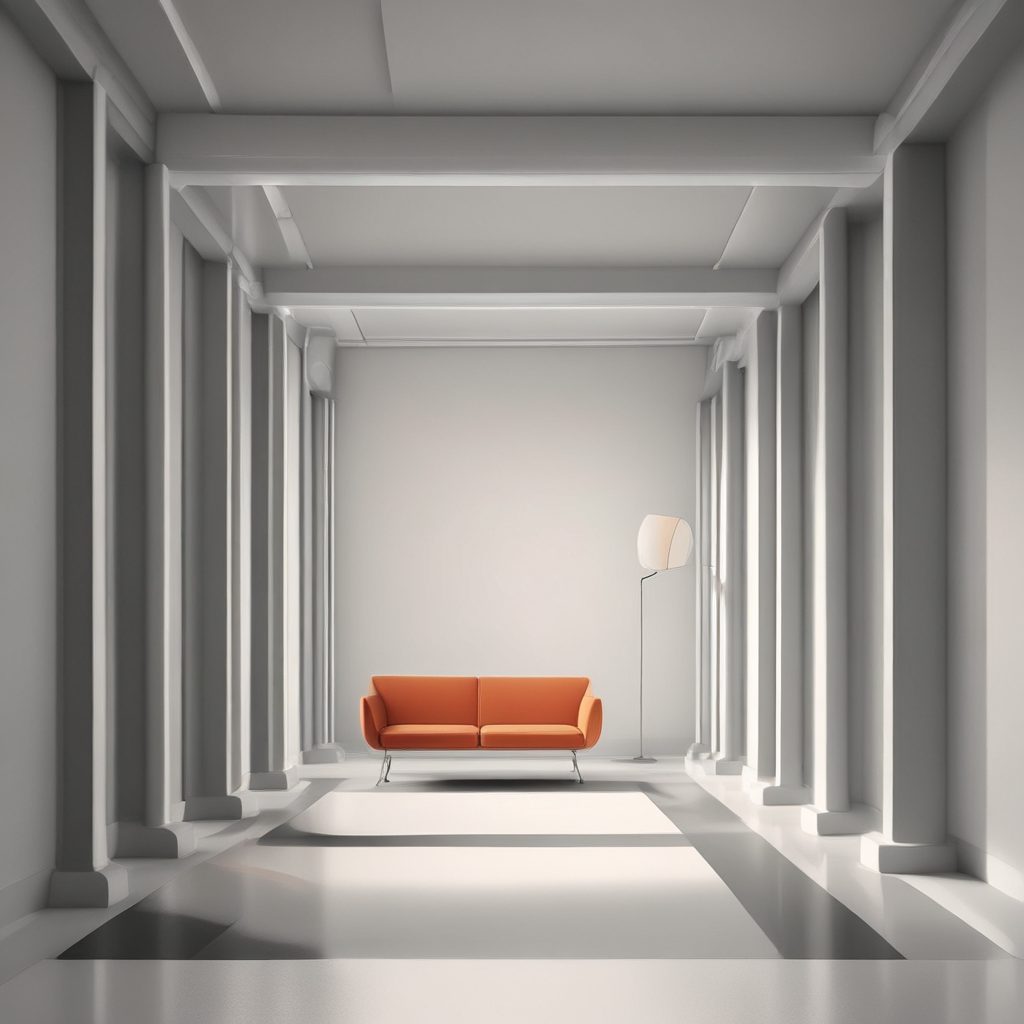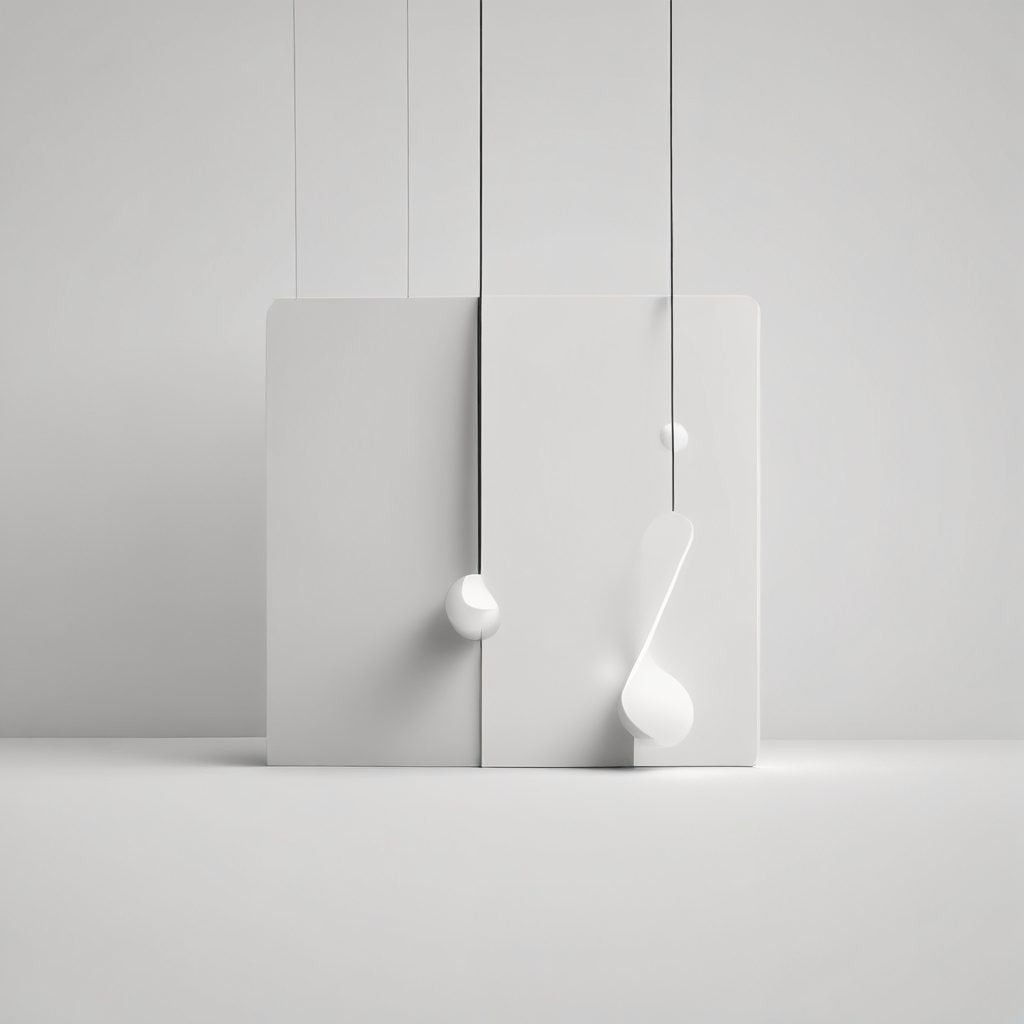
Mixing Metal Finishes for a Trendy Kitchen Look
In recent years, the trend of mixing metal finishes in kitchen design has gained significant popularity. This approach not only adds depth and character to the space but also allows for a more personalized and eclectic aesthetic. By thoughtfully combining different metal finishes, homeowners can create a kitchen that is both stylish and functional. In this article, we will explore the benefits of mixing metal finishes, provide tips on how to do it effectively, and offer examples of successful combinations.
The Benefits of Mixing Metal Finishes
Mixing metal finishes in the kitchen offers a unique opportunity to break away from the traditional uniformity of matching hardware and fixtures. This design choice can add visual interest and complexity to the space, making it feel more dynamic and engaging. According to a 2022 survey by the National Kitchen and Bath Association, 65% of designers reported using mixed metals in their projects, highlighting the growing acceptance of this trend.
Furthermore, mixing metals can enhance the functionality of a kitchen by allowing homeowners to choose the best material for each specific application. For instance, stainless steel is often preferred for appliances due to its durability and ease of cleaning, while brass or copper might be chosen for cabinet hardware to add warmth and contrast. This strategic use of different metals can result in a kitchen that is not only aesthetically pleasing but also highly practical.
How to Effectively Mix Metal Finishes
Successfully mixing metal finishes requires a thoughtful approach to ensure that the different elements complement rather than clash with each other. One effective strategy is to choose a dominant metal that will serve as the primary finish throughout the kitchen. This could be the metal used for the majority of the fixtures, such as faucets and lighting, which will then be accented by one or two additional metal finishes.
When selecting complementary metals, consider their undertones and how they interact with the overall color scheme of the kitchen. For example, warm metals like brass and copper pair well with warm color palettes, while cool metals like chrome and nickel are better suited to cooler tones. Interior designer Sarah Richardson advises, “Think of metals as you would colors. You want to create a balance and harmony, not a competition.” By keeping this principle in mind, homeowners can achieve a cohesive and harmonious look.
Examples of Successful Metal Combinations
One popular combination is the pairing of stainless steel and brass. Stainless steel’s sleek, modern appearance is beautifully offset by the warm, classic look of brass. This combination works particularly well in contemporary kitchens where the coolness of stainless steel appliances is softened by brass cabinet pulls and light fixtures. A study by Houzz in 2023 found that 40% of homeowners who renovated their kitchens opted for this combination, citing its timeless appeal.
Another effective pairing is black metal with copper. The boldness of black metal, often used for cabinet hardware or light fixtures, provides a striking contrast to the rich, earthy tones of copper. This combination is ideal for industrial or rustic-style kitchens, where the interplay of these metals can enhance the overall aesthetic. Designer Nate Berkus notes, “Mixing black and copper can create a dramatic yet inviting atmosphere, perfect for those who want their kitchen to make a statement.”
Practical Considerations and Tips
When mixing metal finishes, it’s important to consider the maintenance and care required for each type of metal. Some metals, like copper and brass, develop a natural patina over time, which can add character but may not be to everyone’s taste. Regular cleaning and polishing may be necessary to maintain their original appearance. In contrast, stainless steel and chrome are more resistant to tarnishing and require less upkeep.
Additionally, consider the scale and proportion of the metal elements in the kitchen. Large surfaces, such as range hoods or backsplashes, can serve as focal points and should be chosen with care to ensure they complement the other metal finishes in the space. Smaller elements, like cabinet knobs and drawer pulls, can be used to introduce additional metal finishes without overwhelming the design. By paying attention to these details, homeowners can create a balanced and visually appealing kitchen.
Conclusion
Mixing metal finishes in the kitchen is a trend that offers both aesthetic and functional benefits. By carefully selecting and combining different metals, homeowners can create a space that reflects their personal style while also enhancing the kitchen’s practicality. As the trend continues to grow, more designers and homeowners are embracing the opportunity to experiment with metal finishes, resulting in kitchens that are as unique as they are beautiful. Whether you’re planning a full renovation or simply looking to update your kitchen’s look, consider the possibilities that mixing metal finishes can offer.




 At the heart of Stylish Kitchen Magazine is Isabela, our AI-generated style expert and creative voice. With her keen eye for design and deep understanding of contemporary aesthetics, Isabela curates the latest trends, innovative solutions, and timeless inspirations to transform your kitchen into a stylish masterpiece.
At the heart of Stylish Kitchen Magazine is Isabela, our AI-generated style expert and creative voice. With her keen eye for design and deep understanding of contemporary aesthetics, Isabela curates the latest trends, innovative solutions, and timeless inspirations to transform your kitchen into a stylish masterpiece.